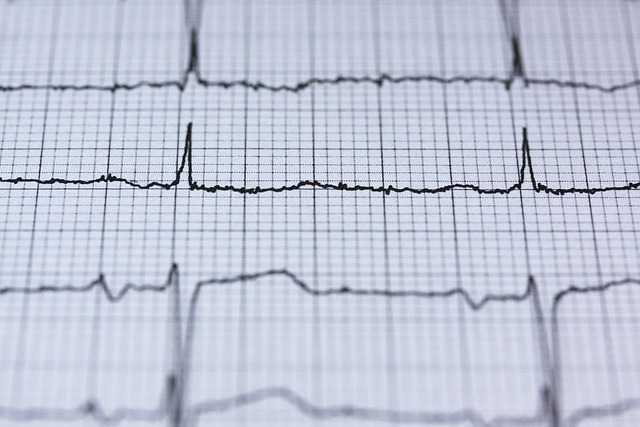The central points of the updated clinical management of cardio-renal syndrome |
1. Cardio-renal syndrome is a bidirectional pathophysiological interaction between the heart and the kidneys. It occurs due to acute or chronic dysfunction in one organ leading to dysfunction in the other. Underlying mechanisms include arterial underfilling, neurohormonal activation, venous congestion, and endothelial dysfunction. 2. It is associated with increased mortality among patients with heart failure. About 60% of patients with decompensated heart failure have chronic kidney disease (CKD) with an estimated glomerular filtration rate (eGFR) less than 60 ml/min/1.73 m 2 . Patients with heart failure and CKD have a 27% increase in mortality, compared to patients with heart failure and normal kidney function. A decrease in eGFR of 10 ml/min/1.73 m 2 increases mortality by 15%. 3. Patients with cardio-renal syndrome should be treated with angiotensin-converting enzyme (ACE) inhibitors or angiotensin receptor blockers (ARBs). These agents reduce the risk of death and prolong the time to end-stage renal disease. Both ACE inhibitors and ARBs should be titrated to the maximum tolerated dose , provided the patient does not have symptomatic hypotension or hyperkalemia. Although angiotensin-neprilysin receptor inhibitors can be used instead of ACE inhibitors or ARBs for heart failure, their renal protective effects are unknown. 4. Sodium-glucose cotransporter-2 (SGLT2) inhibitors should be added to ACE inhibitors or ARBs for renal and cardiovascular protection. Once a patient’s eGFR is stabilized (>20 mL/min/1.73 m 2 ) for 3 months on an ACE inhibitor or ARB, an SGLT2 inhibitor , such as empagflozin (10 mg/min), should be initiated. day). Independent of diabetes, SGLT2 inhibitors reduce the risk of kidney failure progression by 37%. 5. Patients with cardio-renal syndrome benefit from medical treatment guided by current guidelines. Patients with an eGFR less than 60 ml/min/1.73 m 2 or with an estimated 5-year risk of renal failure greater than 5% are at high risk of worsening renal disease and referral to nephrology should be considered. Involvement of primary care physicians, transitional care at hospital discharge, and multidisciplinary clinical follow-up may increase the adoption of guideline-directed medical therapy. |
Cardio-Renal Syndrome
A summary of current recommendations for managing cardio-renal syndrome, a complex condition characterized by a bidirectional relationship between cardiovascular and renal dysfunction, highlighting the importance of integrated management approaches.
April 2024

Source:
Cardiorenal syndrome















